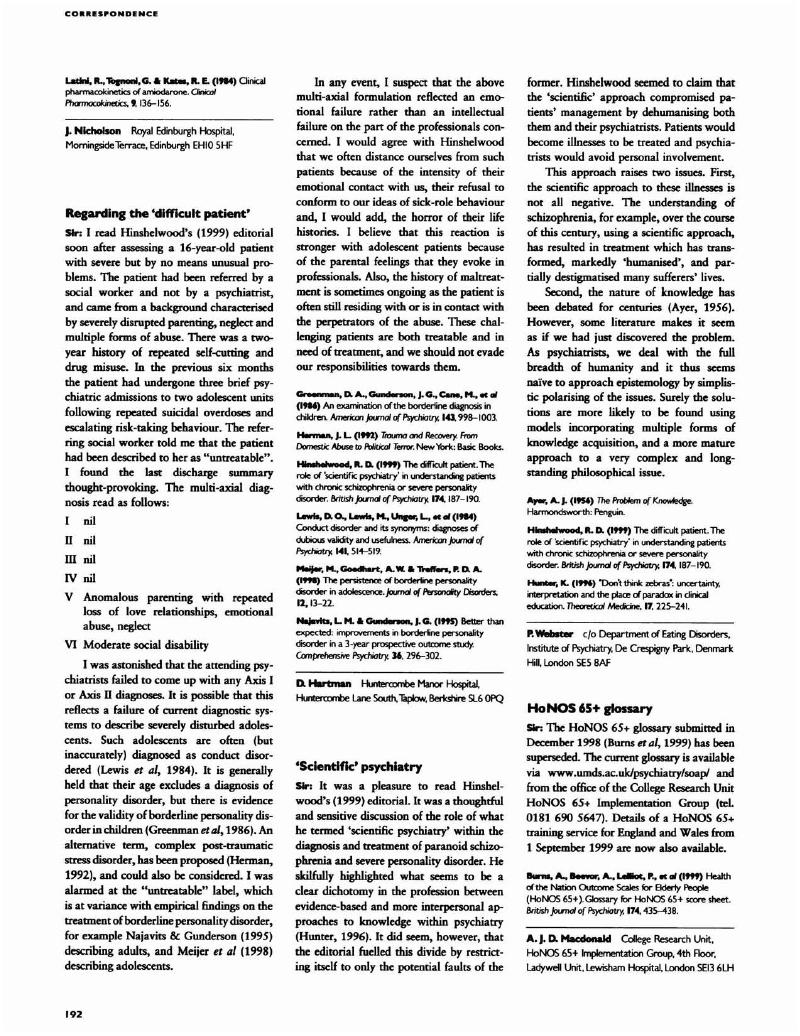Crossref Citations
This article has been cited by the following publications. This list is generated based on data provided by Crossref.
Chepenik, Lara G.
2015.
Difficult Patient Encounters: Medical Education and Modern Approaches.
Current Emergency and Hospital Medicine Reports,
Vol. 3,
Issue. 4,
p.
195.






eLetters
No eLetters have been published for this article.